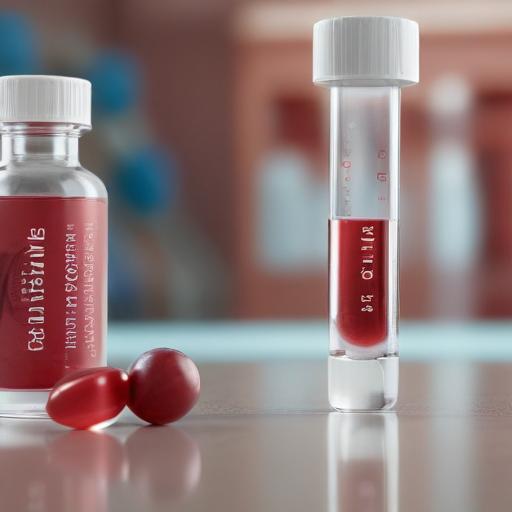A collaborative initiative involving nearly three dozen states aims to enhance access to gene therapies that can significantly alleviate symptoms of sickle cell disease, a condition marked by severe pain crises. The Centers for Medicare and Medicaid Services (CMS) announced that 33 states, along with the District of Columbia and Puerto Rico, will take part in the “Cell and Gene Therapy Access Model.” This program is expected to streamline insurance coverage for these expensive therapies, which are crucial as approximately 50% to 60% of individuals with sickle cell disease in the U.S. are on Medicaid.
Two notable gene therapies, Vertex Pharmaceuticals’ Casgevy and Bluebird bio’s Lyfgenia, received FDA approval in December 2023. Both treatments have shown the potential to liberate patients from painful episodes associated with severe sickle cell disease. However, their adoption has been hindered due to their complex administration processes and significant costs—$2.2 million for Casgevy and $3.1 million for Lyfgenia. Initial uptake has been slow, with Vertex reporting $14.2 million in revenue for Casgevy, with only 90 patients having cells collected by May 1. Bluebird bio, having faced difficulties in selling its therapies, reported just 17 patients starting on Lyfgenia since its approval.
The new CMS initiative hopes to improve these figures by facilitating “outcomes-based agreements” with the manufacturers. This payment structure ties costs to the actual health benefits provided by the treatments, offering rebates if the expected outcomes are not achieved. Previously utilized by some insurers, this approach could mitigate the financial risks associated with high-priced therapies.
The CMS program, which originally started under the Biden administration and was continued by the Trump administration, will coordinate negotiations across multiple states to standardize agreements rather than requiring each state to orchestrate their separate deals. Additionally, the federal government will cover specific fertility preservation services and other related expenses, potentially providing up to $9.55 million in extra support per state for outreach and data collection purposes. There is also potential for the model to be expanded to other high-cost therapies in the future.
CMS officials have expressed optimism about the initiative, stating it could significantly enhance health outcomes for those suffering from sickle cell disease while making more efficient use of state and taxpayer dollars. This program represents a hopeful step forward in providing critical support for patients and addressing significant healthcare challenges.
